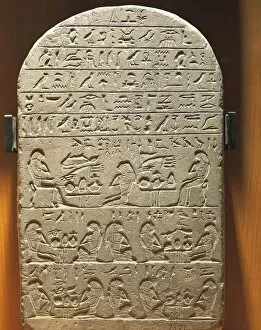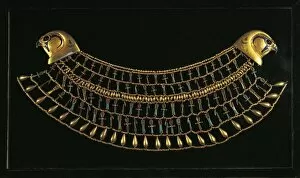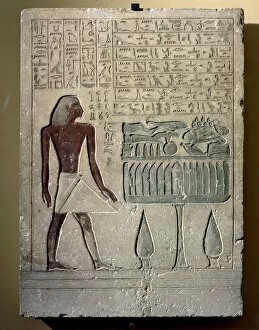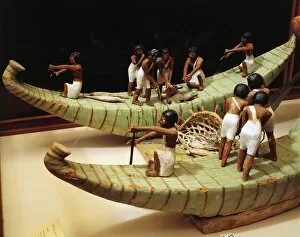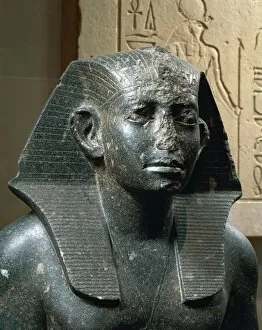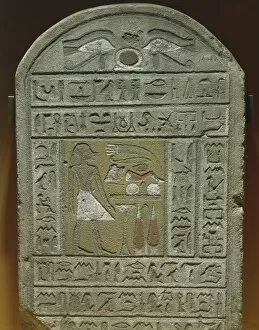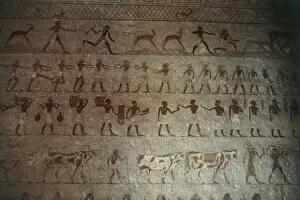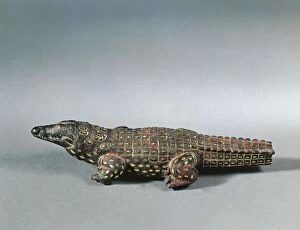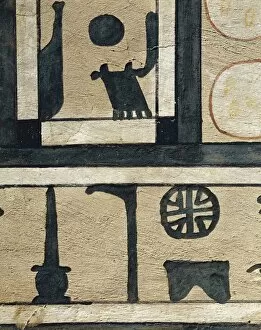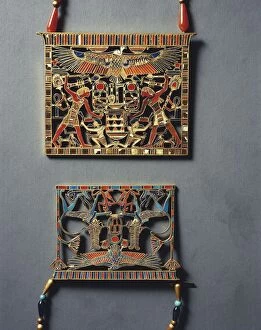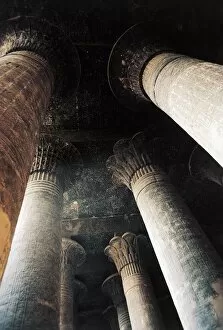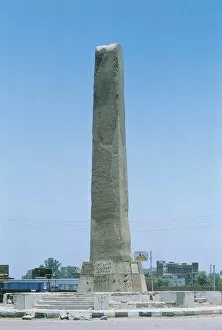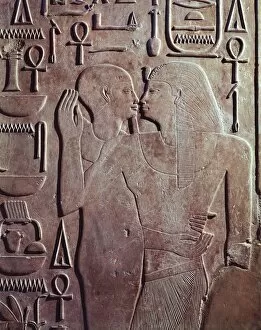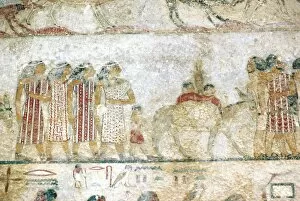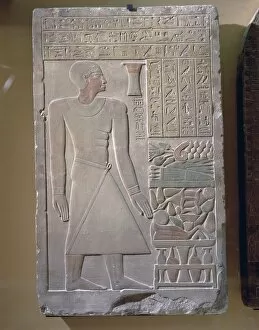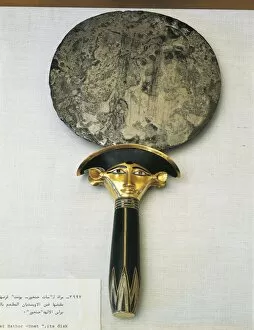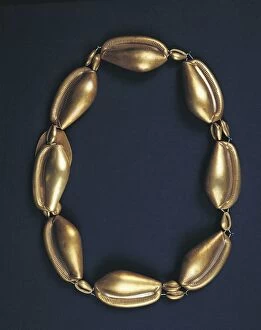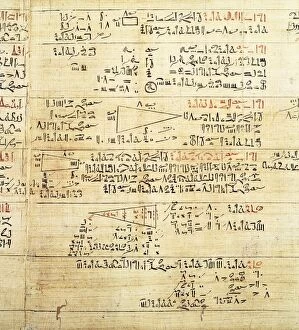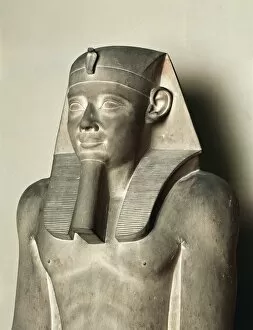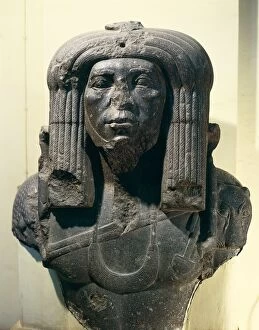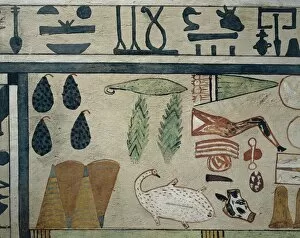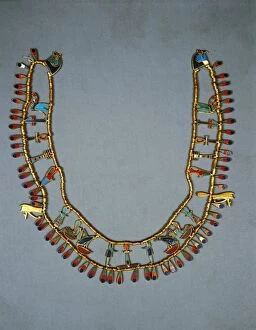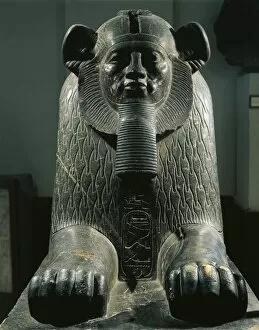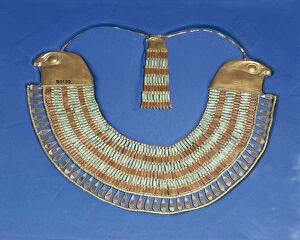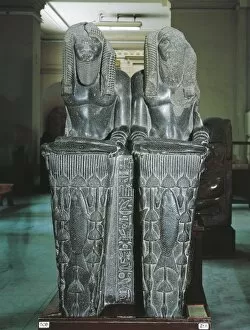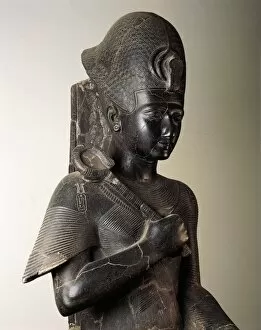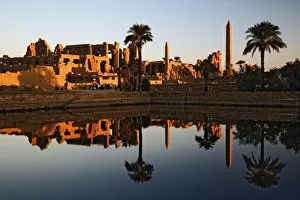12th Dynasty Collection (#3)
The 12th Dynasty, ruled by Amenemhat III, was a significant period in ancient Egyptian history
For sale as Licensed Images
Choose your image, Select your licence and Download the media
The 12th Dynasty, ruled by Amenemhat III, was a significant period in ancient Egyptian history. This era, which thrived during the 19th century BC, left behind remarkable artifacts that continue to captivate us today. One such artifact is the Temple of Re-Atum Obelisk from 1910. Standing tall and proud, it symbolizes the grandeur and power of this dynasty. Another exquisite piece is the Necklace of Princess Nefruptah, crafted with carnelian and Peldspar during the 12th Dynasty. Its intricate design reflects the artistic prowess of this era. The Stela of Amenemhat and Hemet provides a glimpse into their lives as it showcases their names engraved on stone—a testament to their existence in ancient Egypt's Middle Kingdom. The Amulet of a Female Sphinx further highlights the cultural significance attached to mythological creatures during Dynasties 11-13. Intriguingly, an Amulet of a Hippopotamus Head also emerges from this time period. It serves as a reminder that even seemingly ordinary animals held symbolic value in ancient Egyptian culture. Unguent Vessels were essential for storing precious oils and perfumes during both Dynasty 12 and Early Dynasty 18—an indication of how luxury played a role in daily life back then. Similarly, Eye of Horus (Wedjat) Amulets were believed to bring protection and good fortune to those who wore them. A Pendant with the Cartouche of Kheperkare (Sesostris I) showcases royal insignia associated with powerful pharaohs like Sesostris I—a representation of authority during this dynasty. Ointment Jars with Lids served practical purposes while displaying elegant craftsmanship simultaneously. Mortar and Pestles were vital tools used for grinding herbs or minerals—essential elements for various rituals or medicinal practices at that time.

